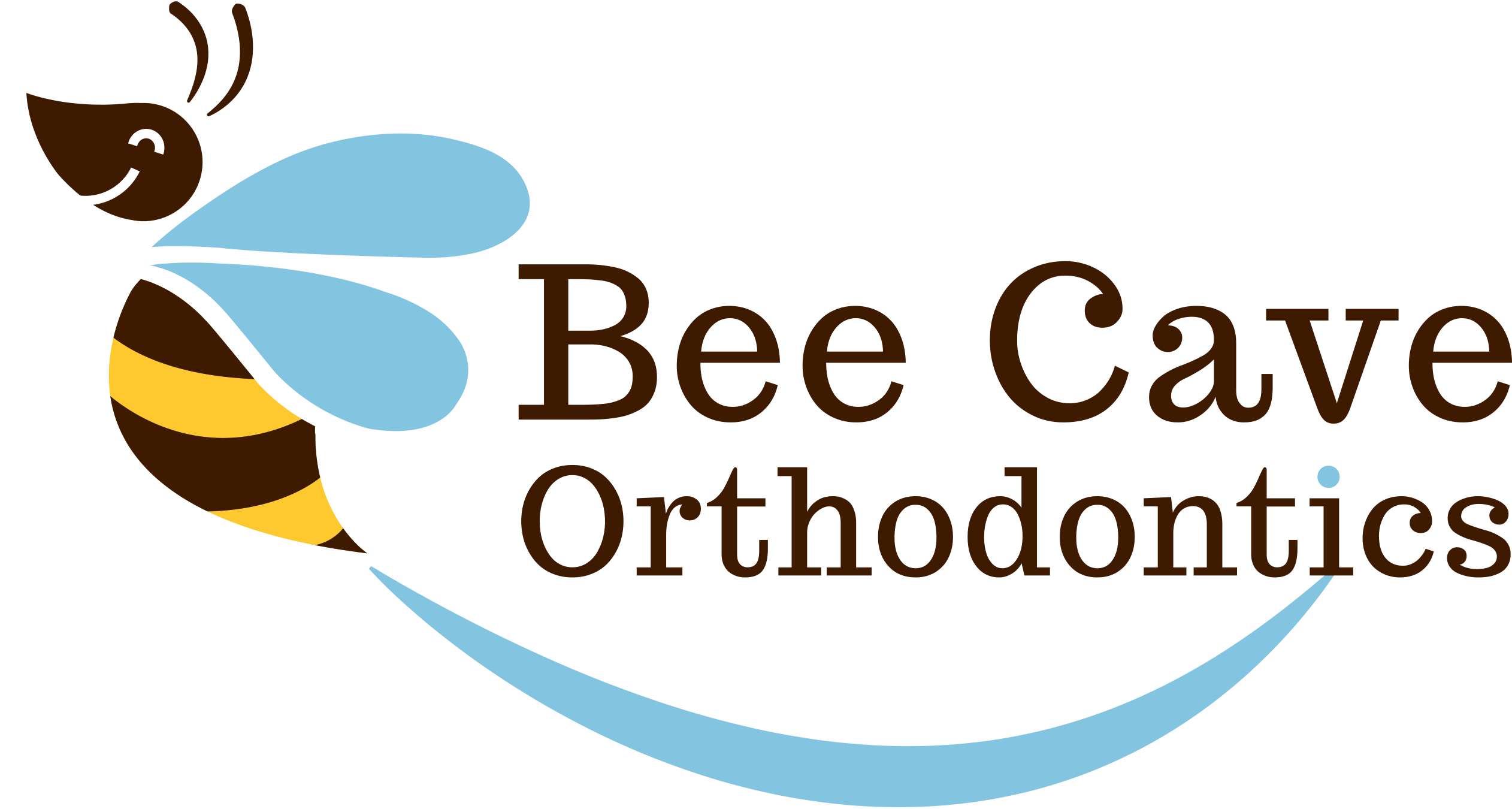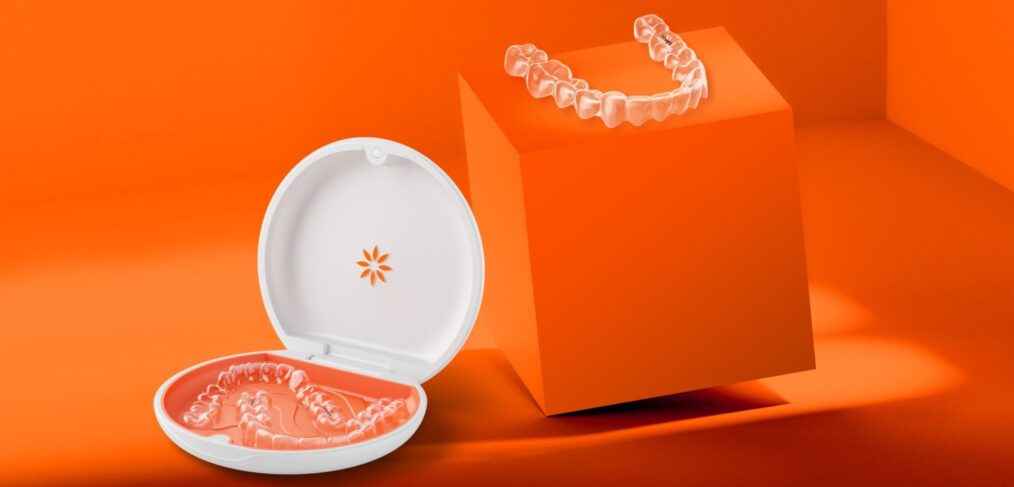Why are my child’s teeth coming in crooked? Discover expert insights from Dr. D on the causes, when to worry, and how early intervention can help guide a healthier smile.- Bee Cave Orthodontics – Austin, Texas
Understanding the Causes and What You Can Do Early
As a parent, noticing that your child’s teeth are coming in crooked can bring up a lot of questions and concerns. Is it just temporary? Is it genetic? Will it fix itself?
Dr. D, a trusted Invisalign speaker and orthodontic specialist known for her gentle care, smart tech approach, and experience with children of all needs, including those with sensory sensitivities, is here to help you understand what’s normal, what to watch for, and when to take action.
Let’s explore the most common reasons why your child’s teeth might be coming in crooked, and what steps you can take early to support a healthy, confident smile.
Common Reasons for Crooked Teeth in Kids
1. Genetics
Just like eye color or height, the alignment of your child’s teeth can be inherited. If you or your partner had braces, there’s a good chance your child might need them too. Genetics influence jaw size, tooth size, and the way the teeth erupt.
2. Early Loss of Baby Teeth
Baby teeth act as placeholders for adult teeth. When a baby tooth is lost too early due to decay or injury, the surrounding teeth can drift into the empty space, causing the adult tooth to erupt misaligned or blocked.
3. Thumb Sucking or Pacifier Use
Habits like thumb sucking or pacifier use beyond age 3 can place pressure on the teeth and jaw, often leading to an open bite or protruding front teeth.
4. Tongue Thrusting or Mouth Breathing
Some kids develop oral habits such as pushing the tongue forward when swallowing or breathing through the mouth. These behaviors can influence jaw development and result in misalignment over time.
5. Lack of Space
Crowding is one of the most common causes of crooked teeth. If your child has a small jaw or large teeth, there may simply not be enough room for everything to come in straight.
6. Injuries or Trauma
A fall or bump to the face can damage the development of teeth or affect the way they grow in. Even minor injuries can sometimes shift baby teeth or affect the growth path of permanent ones.
Should I Be Concerned?
Not all crooked teeth require immediate treatment, but early evaluation is key. According to the American Association of Orthodontists, children should have their first orthodontic evaluation by age 7. This doesn’t mean they’ll get braces right away, but it allows the orthodontist to spot early signs of developing issues.
Dr. D often sees children as early as six or seven to track tooth eruption, jaw development, and oral habits. This proactive approach helps prevent more complex problems later on and allows her to use gentle, tech-supported methods to guide growth at just the right time.
How Dr. D Approaches Crooked Teeth in Kids
Dr. D believes in treating the whole child, not just the teeth. That’s why her office offers:
-
Personalized evaluations that consider your child’s unique needs
-
Experience with children who have autism, sensory sensitivities, or ADHD
-
A calm and supportive environment to reduce anxiety
-
Advanced 3D imaging and scanning tools for non-invasive assessments
-
Preventive strategies that help guide healthy development before braces are even needed
Many families feel comforted knowing that they don’t have to “wait and see.” With Dr. D’s guidance, they can understand what’s happening, and what’s next.
What You Can Do at Home
While genetics and development are out of your control, there are steps you can take to support your child’s dental health:
-
Encourage good oral hygiene from a young age
-
Limit pacifier use and discourage thumb sucking after age 2 or 3
-
Watch for signs of mouth breathing or tongue thrusting
-
Visit a pediatric dentist regularly
-
Schedule an early orthodontic screening around age 7
You’re Not Alone, and You’re Right to Ask
Many parents feel unsure when it comes to early orthodontic signs. That’s why Dr. D’s team is here to answer your questions, support your child, and create a clear plan that fits your family.
With her global experience as a speaker and her heartfelt work in the community, Dr. D combines innovation with compassion to help every child reach their full smile potential, specially those who need a little extra care.
Wondering if your child’s smile needs a closer look?
👉Schedule a Free Consultation with Dr. D now and get the answers you’ve been looking for with kindness, clarity and expert care.
Want to get to know us a little better? Check out our YouTube Videos!











